It constitutes the traditional and formal attire of the samurai class, similar to a uniform in modern terms.
# Each Kamishimo is accompanied by the mon or coat of arms of the Samurai clan or family.
The mon (紋), or kamon (家紋), is a heraldic badge initially used by samurai clans to recognize each other more easily on the battlefield.
They are usually in the form of stylized designs inside a geometric shape.
It seems that this Kamishimo's mon is from the Mizuno clan.
The ensemble includes a kataginu, a distinctive vest with broad shoulders, exaggerated in size, paired with traditional hakama pants.
Originating in the Muromachi period and Edo era, kamishimo was established as casual wear or formal attire for samurai.
It was also adopted by farmers and townspeople on ceremonial occasions, and it continues today, sometimes, to be used in traditional performances and festivals. During the Edo period, it was even worn daily by court nobles.
This particular set shows signs of wear consistent with its age, including wrinkles, small stains, a few small holes.
The condition is as in the photos.
Finding a set in very good condition is almost impossible.
Our clothing dates from the 19th century. # Note the pleat of the fabric and the complex knot on the back.
This kamishimo offers a rare glimpse into the martial elegance and dress customs of samurai culture, a beautiful artifact, distinctive and historic addition to any collection of Japanese antiques.
## The last photo shows a complete ensemble with the addition of the kimono.
The measurements of this set are:
Dimensions: "Kataginu 肩衣" vest: (top) 68 cm shoulder width × 60 cm length
"Hakama 袴" pants: length 85 × 64 cm hem width
## Edo period (江戸時代, Edo jidai) or Tokugawa period (徳川時代, Tokugawa jidai) is the traditional subdivision of Japanese history which begins around 1600, with the takeover of Tokugawa Ieyasu at the Battle of Sekigahara, and ends around 1868 with the Meiji Restoration.
FREE SHIPPING TO FRANCE! FRANCE 0€ / EUROPE 25€ / WORLD 50€
For all requests for information, do not hesitate to contact me on 06 13 36 09 30 or on winsteinprovence@gmail.com
www.winsteinprovence.com
Attention (texts, photo credits, Winstein, all rights reserved)
## Coats of arms appear in Japan during the middle of the Heian period, around 900-1000.
Family coats of arms were then painted on the vehicles of aristocrats to indicate the social status of their owner, and the chariots of lower-ranking families had to give way to those of higher rank.
Family coats of arms became widespread throughout Japan among court nobles and samurai from the Kamakura period (1185-1333), also appearing on costumes.
They were adopted by merchants in the Muromachi period (1336-1573) who put them on their signs, then by kabuki actors. In the Edo period (1603–1868), commoners were allowed to choose and display their own family coat of arms, excluding the chrysanthemum design (reserved for the imperial family) and the hollyhock design ( reserved for the Tokugawa shoguns).
And in the Genroku era (1688-1704), family coats of arms were definitively established among the population.
In contemporary Japan, we can see them engraved on tombstones, or dyed on kimonos worn during wedding or funeral ceremonies.
Thank you for your attention.


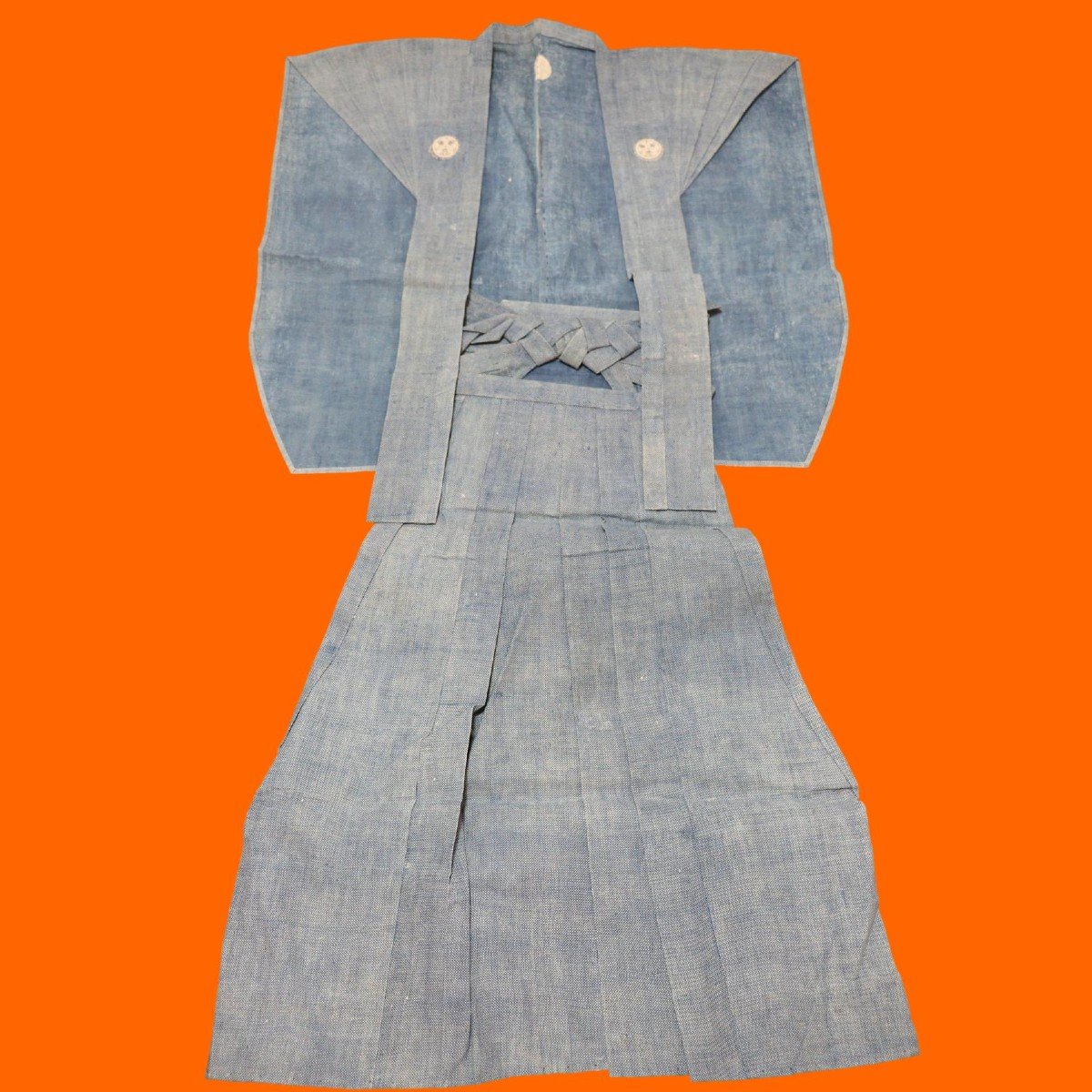
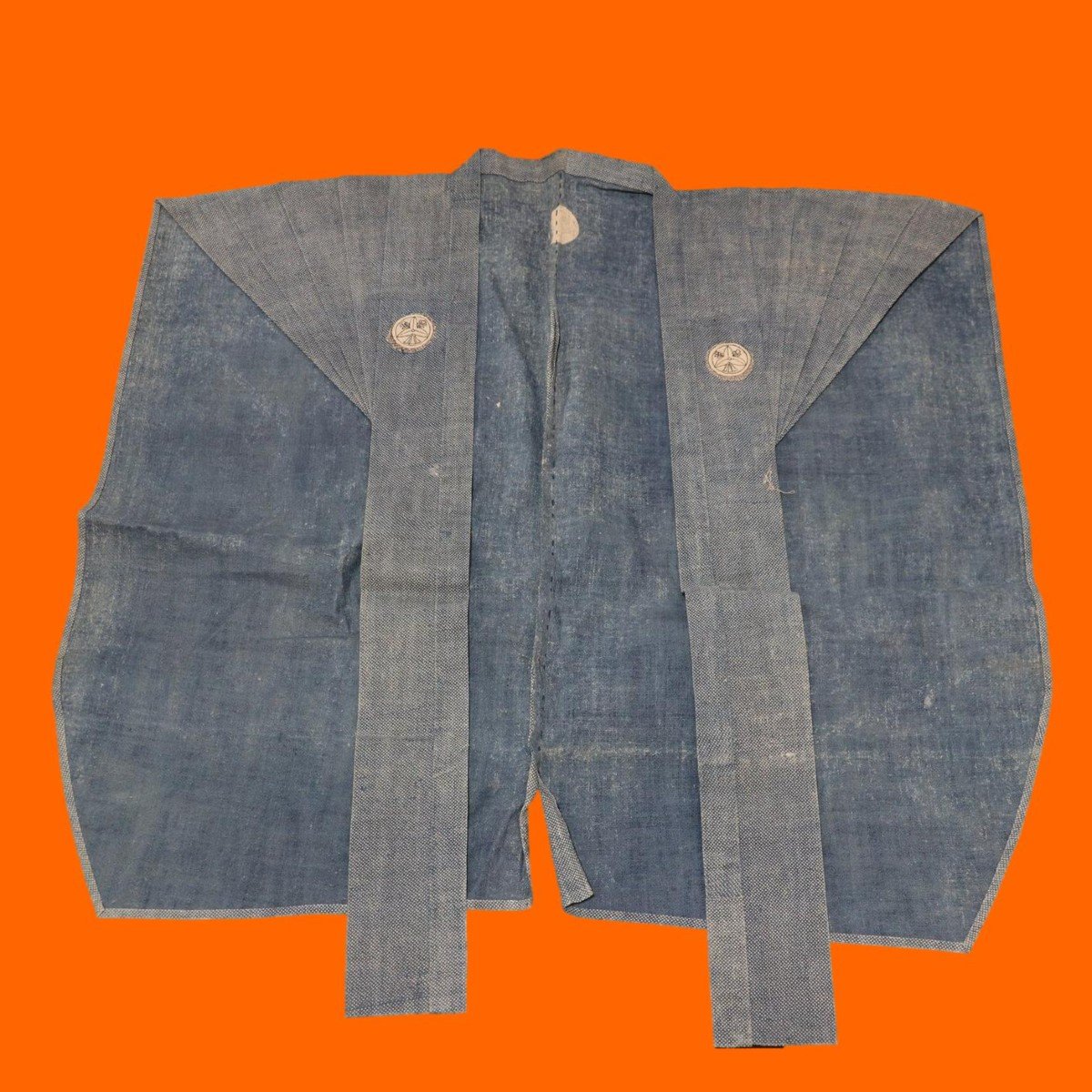
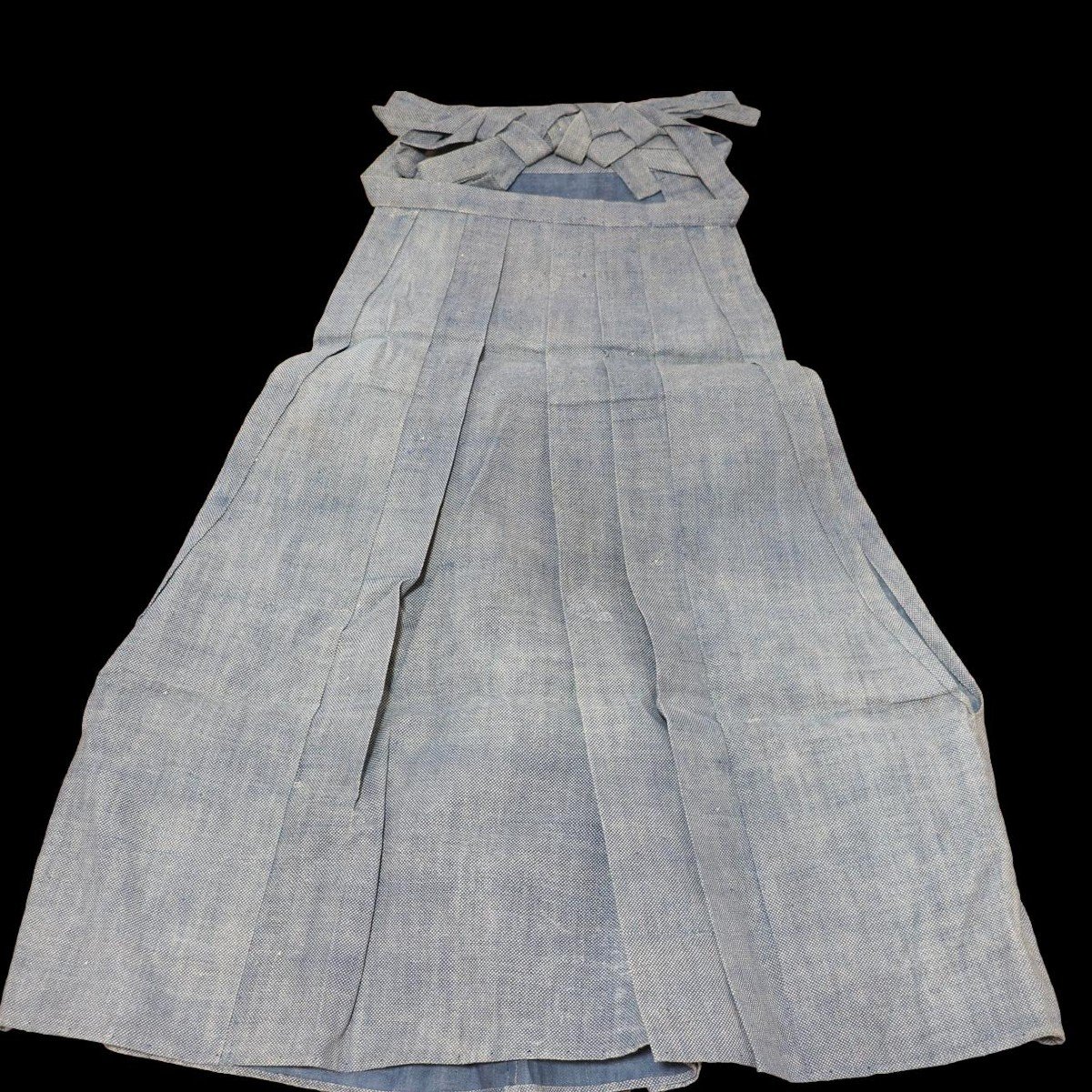
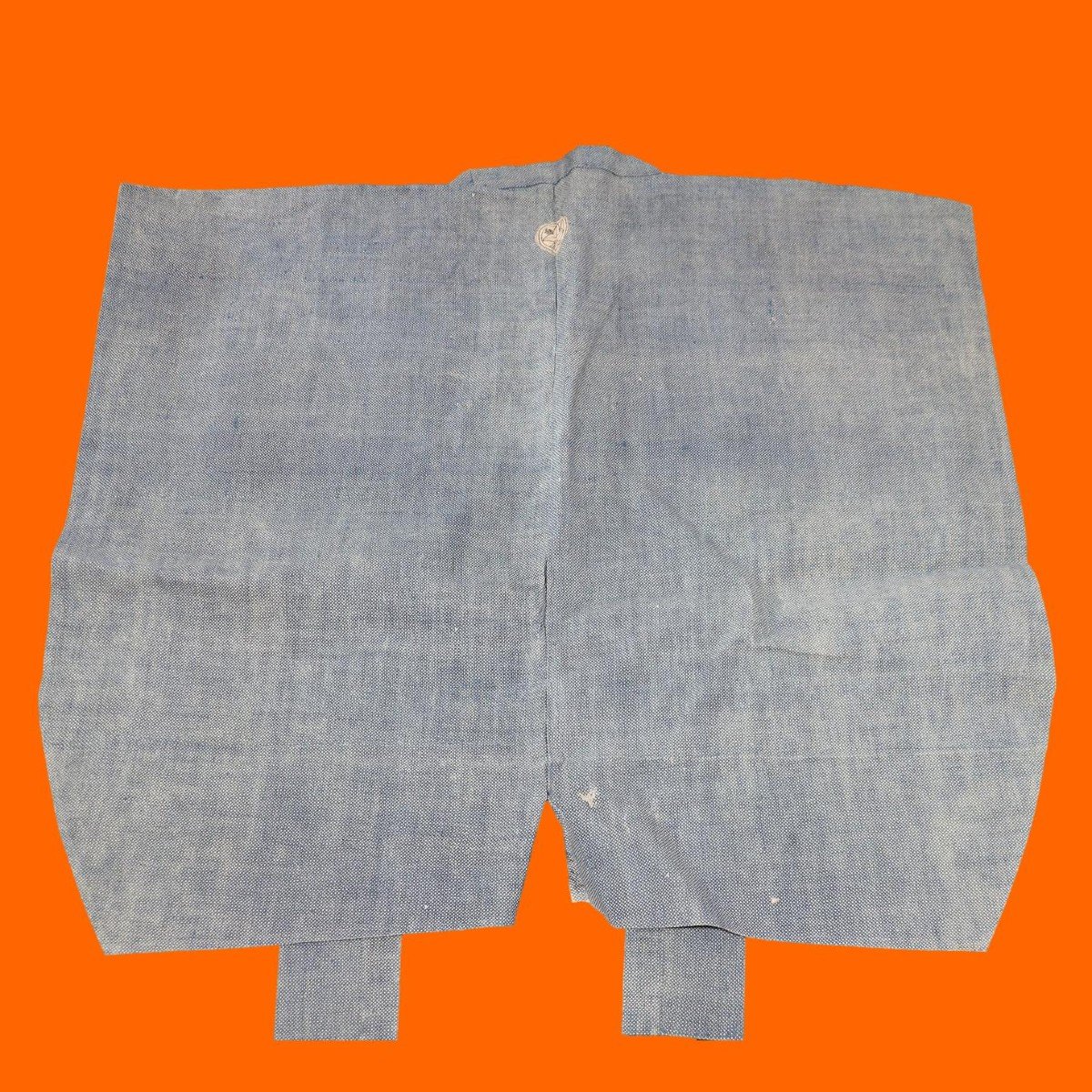
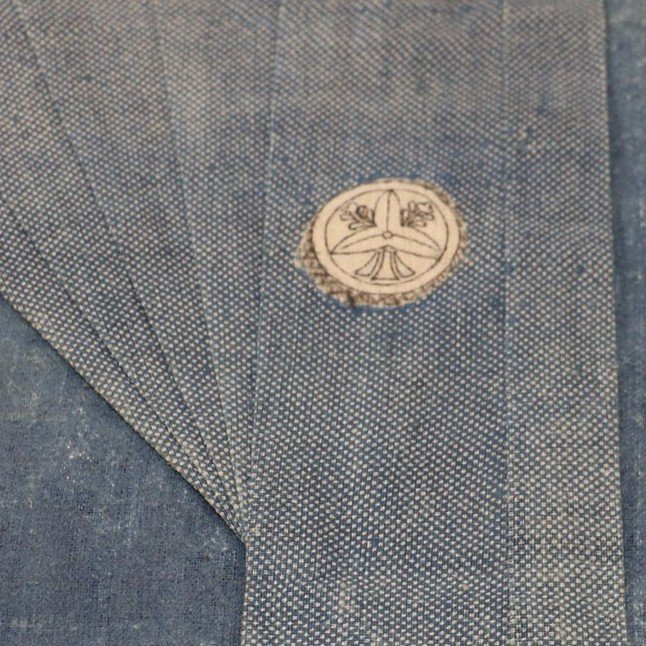

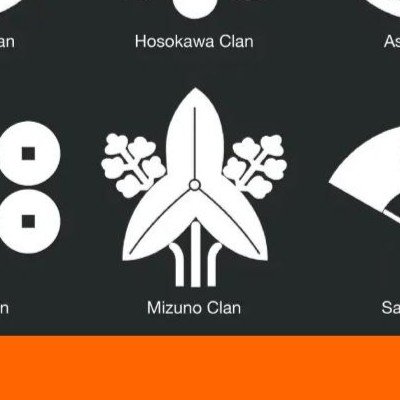

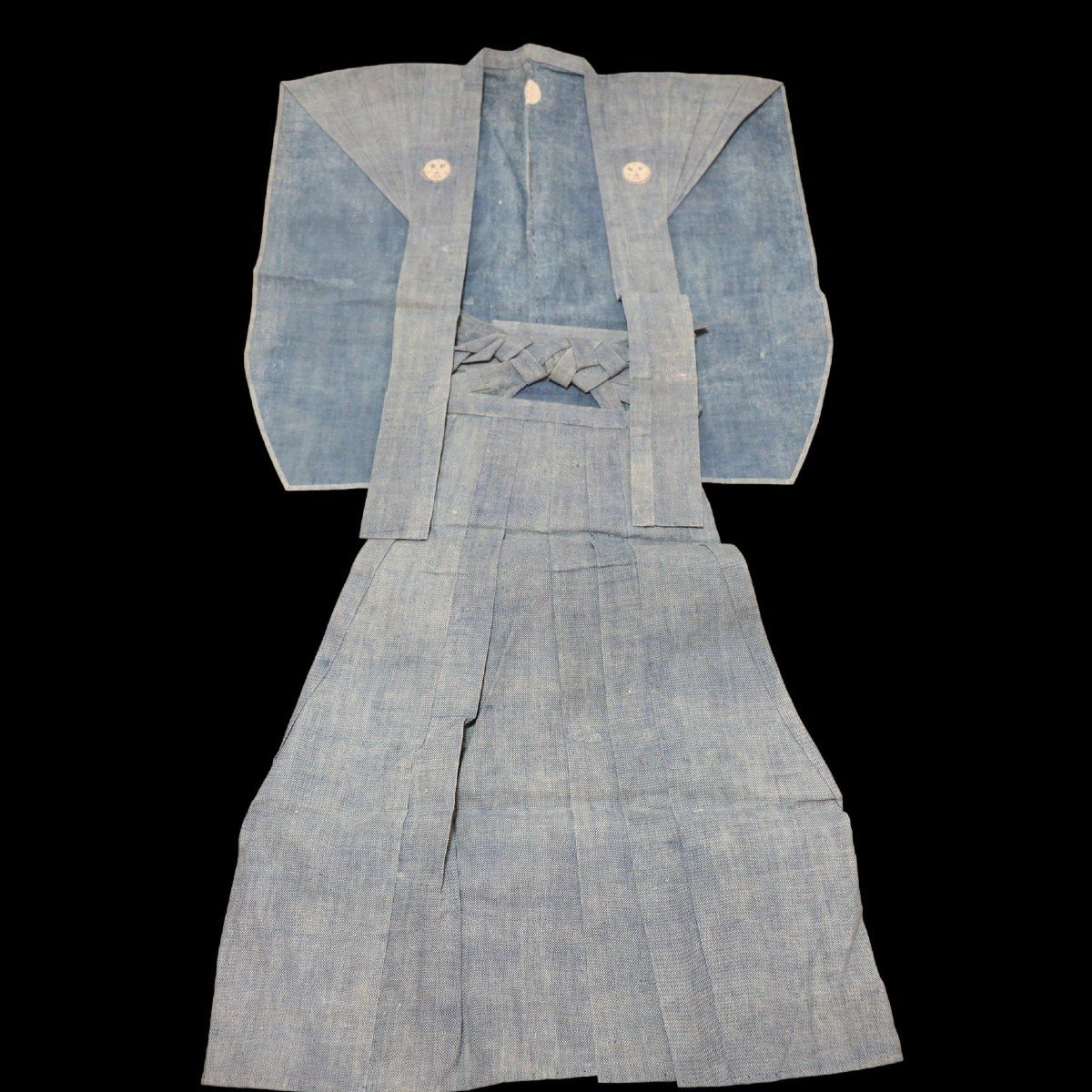
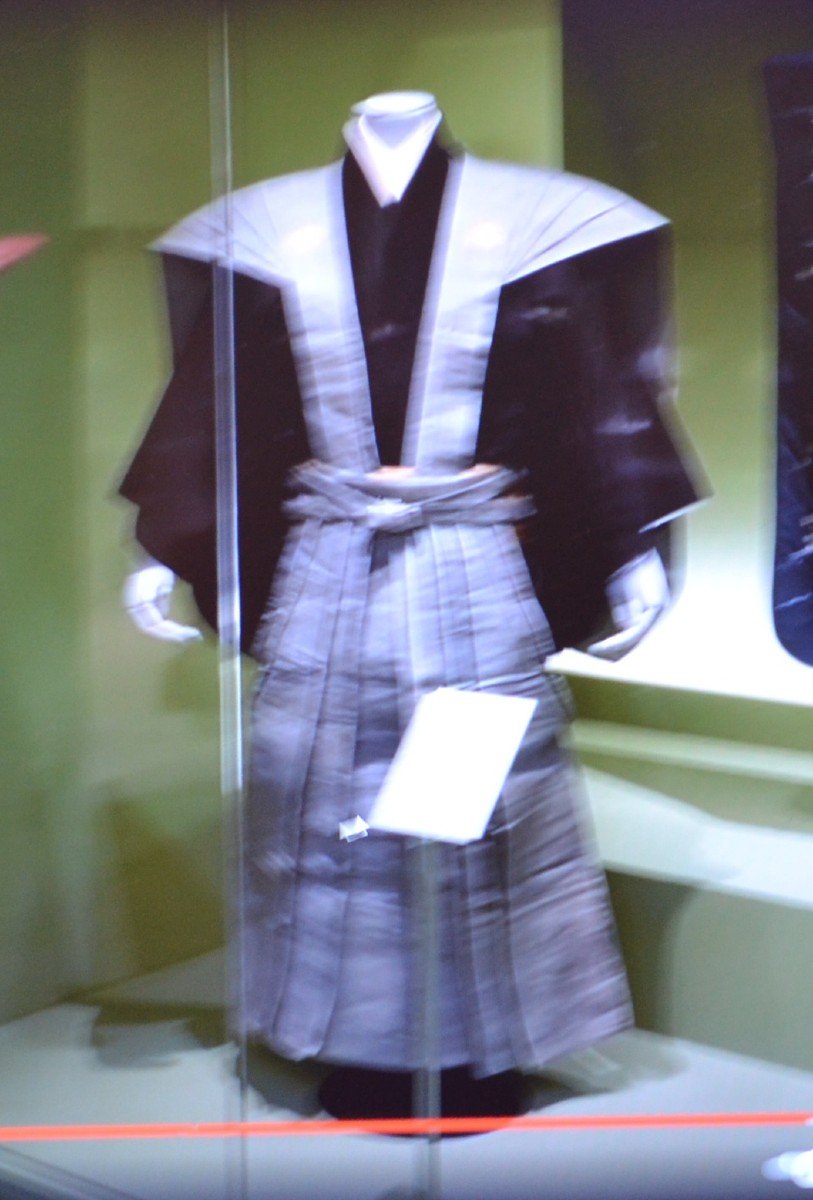















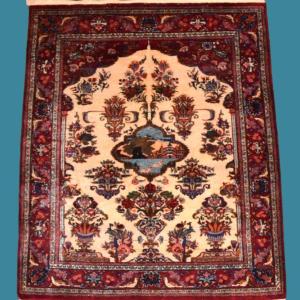
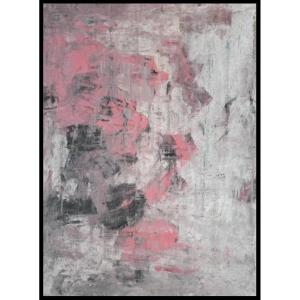


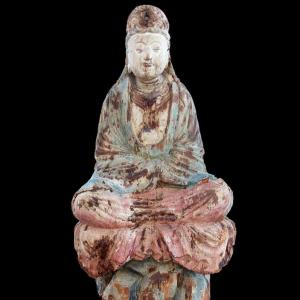
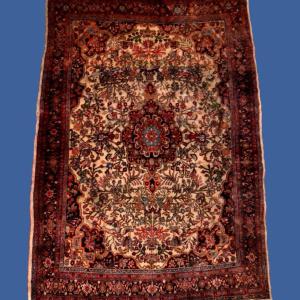

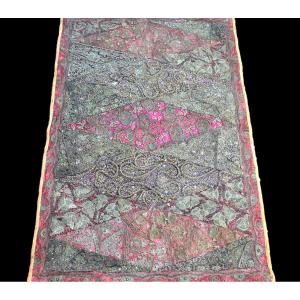




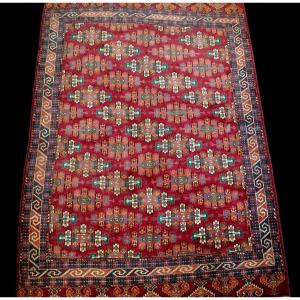
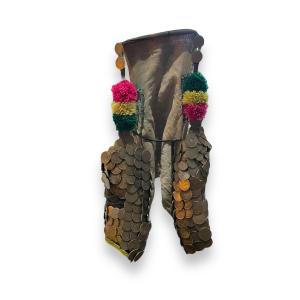
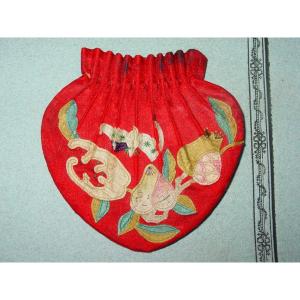

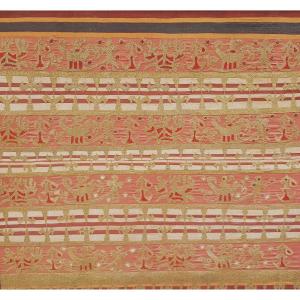




 Le Magazine de PROANTIC
Le Magazine de PROANTIC TRÉSORS Magazine
TRÉSORS Magazine Rivista Artiquariato
Rivista Artiquariato